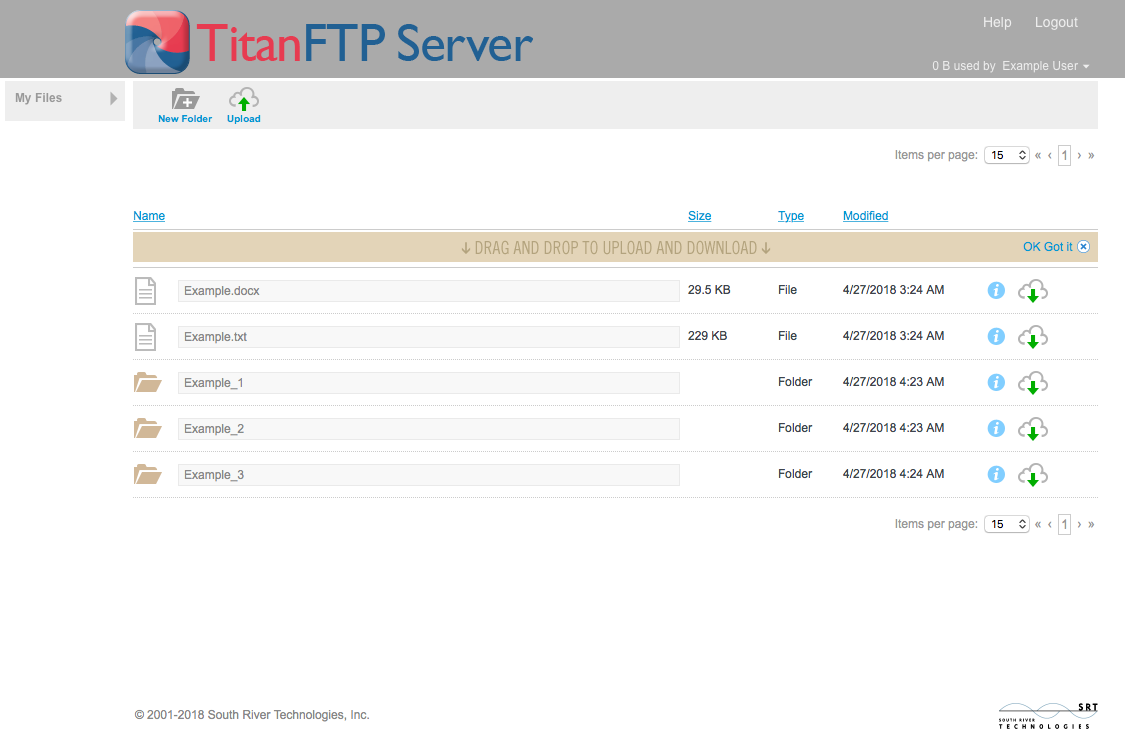Let’s face it, we are all time conscious, I mean, why wouldn’t we be? Time is the story of our lives, and in a few seconds from now, you’ll probably start looking at the clock. And soon after, you’ll start thinking of how long reading this article will take. This is inevitable; so, we’ll probably agree that the saying time is of the essence, has never been more prominent.

Think about it in your own life. There’s always something to do, or to plan on doing, the list is endless, kids, the business, your home, and, and, and. And so the entire experience gives the wait of a second the feeling of a lifetime, and somehow the impatience triples on virtual time.
Yes; you heard it right. Your visitors and or customers want quick responses online. From websites page loading time to customer service, and anything less is really not an option. I guess there’s always been a thing for speed, and right now it’s one of the main reasons your visitors will make a purchase, leave, or stay. Meaning, as a digital business, you’ll need to optimise this experience. Let’s tell you how!
1st Let’s Discuss Customer Experience:
It’s an essential part of Customer Relationship Management (CRM). You see, customer service and customer experience are seemingly interchangeable. However, the difference is, that one is a single touchpoint with a brand, while the other influences feelings and emotion, and these interactions include purchases, awareness, advocacy, discovery, cultivation, and service. So customer experience eventually impacts all areas of your business, quite clear. So the question becomes, how to get started? Well, we know of a few ways!
The CrucialPhases of Website Performance Optimisation
1#Be at the Palm of Their Hands- Mobile First
In this way, you start with designing the mobile version of your site before creating the desktop version. Your focus should be geared towards creating a great mobile design, which is faster and of course, uncomplicated for the best web experience across all screens and devices. Mobile-First is a serious game changer.

Why?
- Google is attracted to mobile-first websites, and it’s more likely to choose them in search engine results pages.
- It enhances backward compatibility.
- It provides a great sense of user experience for your website.
- Google is crawling and indexing the mobile version of a site instead of the desktop version.
2# Space & Visual Content
We cannot stress the importance of this element enough, this content/files and or images are critical for securing conversions on your site. They tell your story. While improving user experience and heightening your content marketing. Note: Google will punish your site by ranking it lower for images which have a negative impact.
The trick is to avoid filling your page with too much. Instead, you can employ new techniques and technologies for content marketing and lead generation. So it wouldn’t be wise to have your Images, stylesheets, forms, video scripts, flash, HTML—one page. These images reflect on loading time, and if images are not correctly optimised, they will consume valuable page loading time; they also add to providing poor user experiences.
3# Hosting
This element gives you a chance to consider whether to stay with your existing provider or move to a new provider. We believe that effective web hosts should invest in their web server architecture to make sure that every page on those web servers runs at full speed. So when paying for a hosting service, lean towards the advanced hosting packages that come with better memory and increased power.
Ideally, your websites hosting service should have dedicated customer service around the clock. You should be able to view reviews instantaneously, this includes third party material to minimise common themes in the complaints section. The same applies to web hosting:
4# App/Plug-ins
App/Plugins offer different features and functionality. Other plugins load front-end assets, for example, images, JavaScript files, and CSS stylesheets while others are used for creating back-end database calls.’ There’s a significant number of plugins that needs HTTP requests before loading assets, and each request impacts page load time.
5# CDN’s- Content Delivery Networks
These are geographically located servers which host representations of your website’s resources. It helps to deliver location-based content. Its other function is to shorten RTT’s (round trip time) of your content and brings it closer to the geographical location of your site visitor.
These content delivery networks often look for optimal edge notes which can satisfy requests within close proximities.
Conclusion:
Customer expect more! And ultimately, their experience on your site seals the deal!









Comments